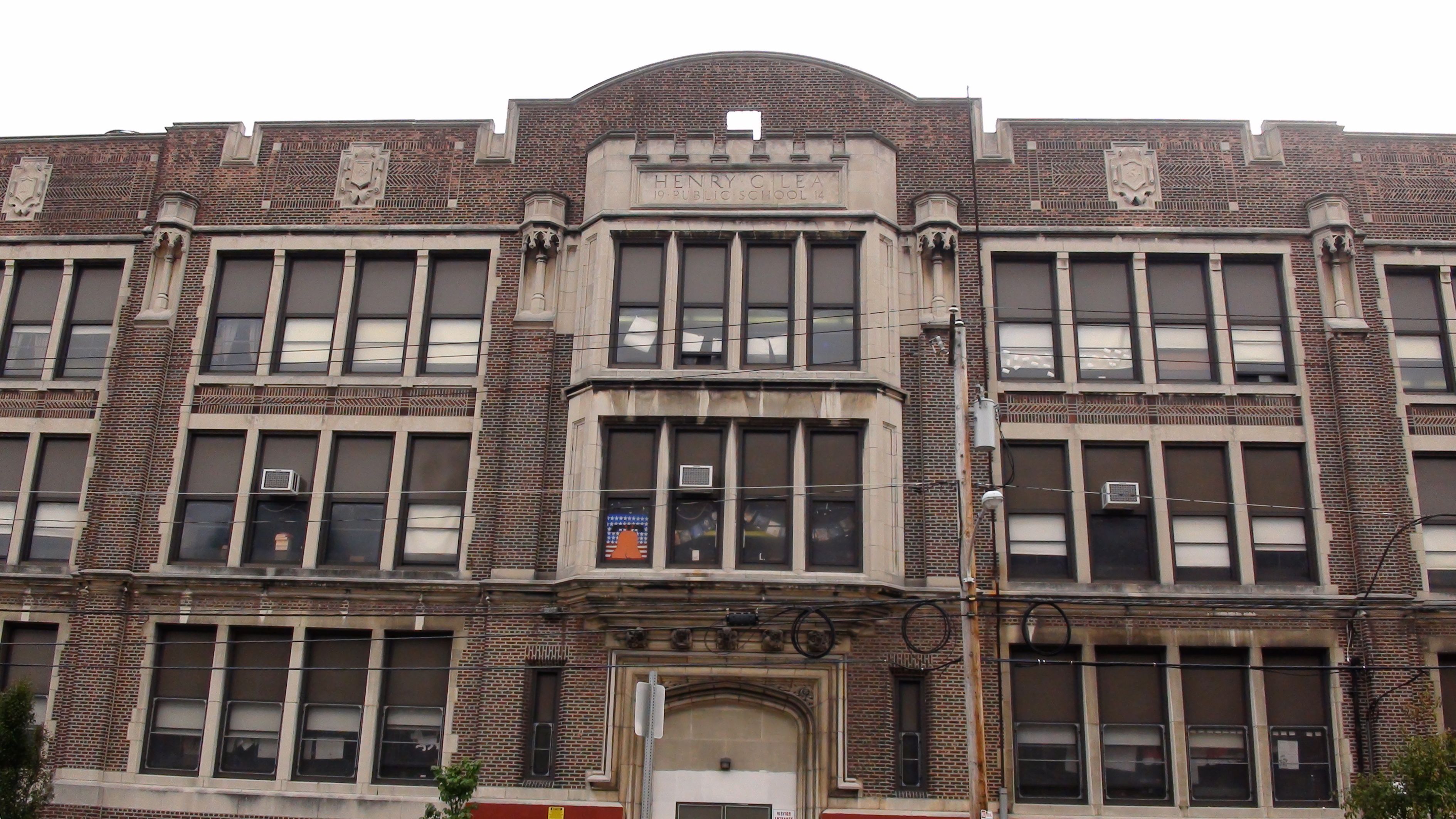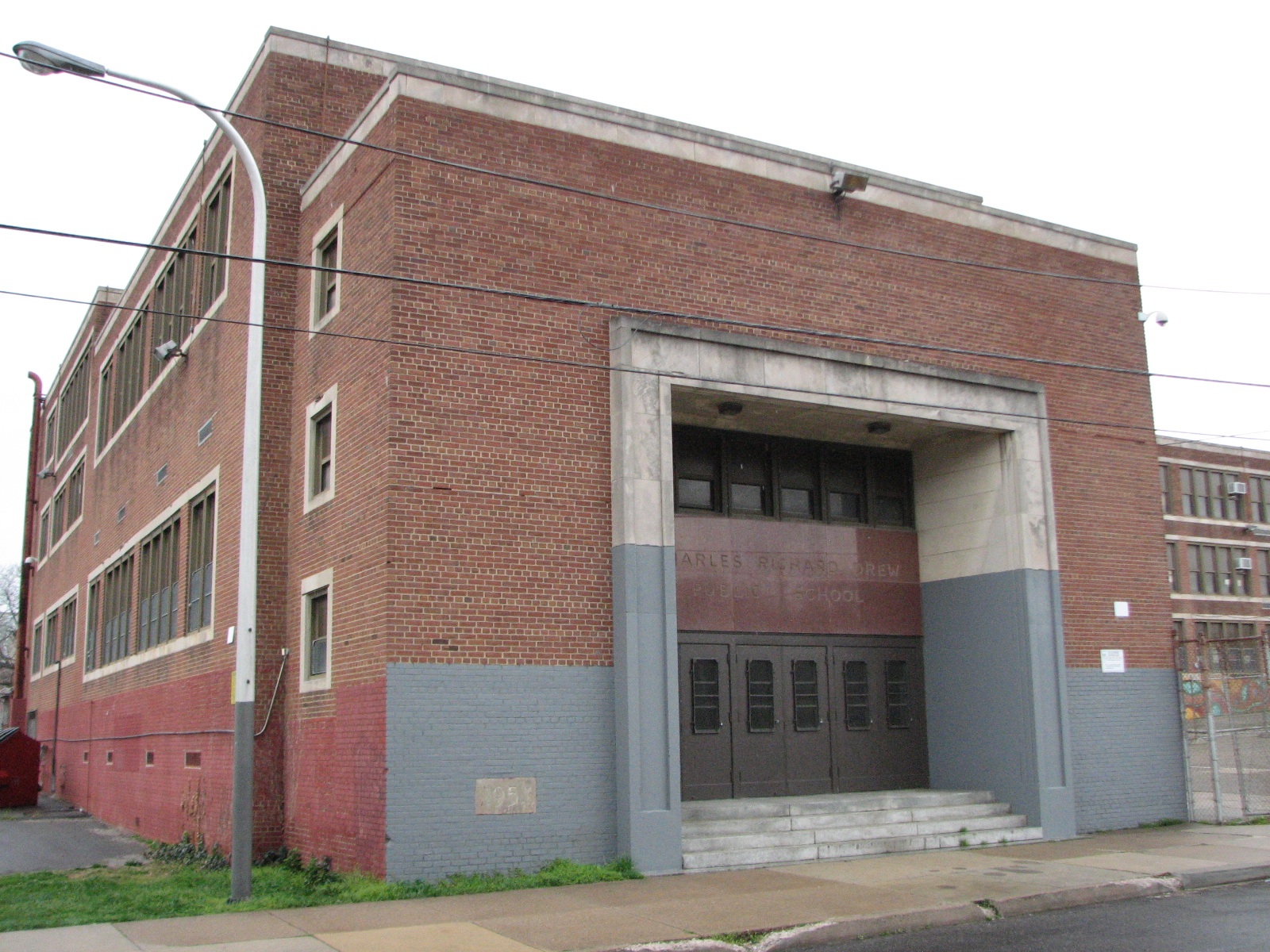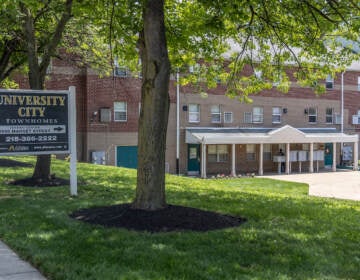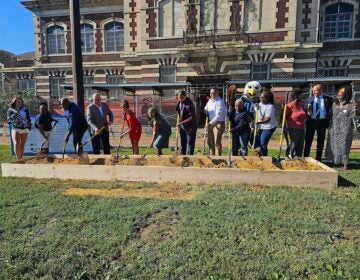District tries out new tone at W. Philly facilities meeting
Again striking a new, more conciliatory tone, senior officials from the School District of Philadelphia last night presented their facilities master plan to an audience of about 100 parents and community members in the auditorium of the recently constructed West Philadelphia High.
Though there were a few brief, pointed exchanges between school officials and the audience, for the most part the two-hour session was a low-key give and take, even when the topic was the proposed closing of Charles Drew Elementary in June 2012.
Before the details of the district’s facilities master plan were released last month, residents of West Philadelphia had braced themselves for a bevy of closings. There have been pronounced enrollment declines at quite a few traditional public schools in West Philadelphia, the result of both declining population and a robust array of charter options.
But the scaled-back facilities plan only proposed closing Drew. The other major disruptions in store for West Philadelphia are grade configuration changes at Gompers, Cassidy, Harrington, Comegys and Alexander Wilson elementary schools, and at Shaw Middle School. The old West Philadelphia High School building is also slated to be sold off, as is the old site of the Beeber Wynnefield Alternative Program, which has been vacant since 2001.
Nonetheless, the facilities plan has still sown confusion among parents and residents, and while some questions were answered at last night’s session, many others were not.
“The district people seem nicer, they seem more open, but it seems like they’re still feeling their way, they’re figuring a lot of this out as they go,” said Maurice Jones, president of the Home School Community Association at Lea Elementary.
For instance, Lea parents learned for the first time last night that the school would likely be receiving students from Drew once it closes. The facilities plan released last month did not identify Lea as a receiver school. There were surprisingly few questions about Drew’s fate, and seemingly not many parents from that school in attendance.
The sharpest exchanges of the night were predictably about the boundaries of the Penn Alexander School, the high-performing University of Pennsylvania-partnership school, which is over-enrolled and has begun turning away small numbers of students who live within its catchment area. Parents intent on getting their child into the first-come, first-served kindergarten classes have taken to lining up overnight to ensure their kids make the cut on the January enrollment day.
“What advice are you giving parents who want to attend their neighborhood school … besides get a warm sleeping bag?” asked Penn Alexander catchment resident and parent Vicki Lewis McGarvey.
Acting superintendent Leroy Nunery would not say what long-term plans the district has for Penn Alexander, but he hinted a number of times that a solution to the over-crowding problem was in the works.
“We’re talking intensely with Penn about what else we can do on that site. I don’t want to go any further than that because it’s still too early,” said Nunery, who is also a former Penn vice president. “The university certainly realizes it’s got an asset there.”
Nunery went on to say the district needed to figure out how to replicate Penn Alexander’s success, and “make sure that Penn Alexander is not the only beacon on the hill, make sure everybody’s got a fair shot at a good education.” Later, Nunery dismissed the notion of using trailers to add capacity to Penn Alexander as unfeasible.
Amara Rockar, chair of the West Philadelphia Coalition for Neighborhood Schools, asked Nunery if there was “a facilities master plan for 440 N. Broad,” referring to the many empty offices and unused space in the district’s downtown headquarters.
“My understanding is that the main office staff has decreased significantly. There’s a lot of empty space, maybe you don’t need such a large building any more. You’re looking at closing schools and consolidating schools. Is there a plan to do the same for district headquarters,” Rockar asked.
Nunery said that was not under consideration. It was one of the few exchanges of the evening where district officials seemed slightly defensive. Nunery said the district was deliberately trying to change its tone and relationship with parents.
“The dialogue is different,” he said. “It’s not as prescriptive and top down. There’s a lot more interchange now and exchange than there was before.”
Councilwoman Jannie Blackwell, who represents West Philadelphia, attended the meeting, as did West Philadelphia resident and School Reform Commission member Wendell Pritchett.
“We’ve made dramatic progress in the last 20 years in West Philadelphia. And we should feel good about we’ve done,” Pritchett said. “Do we have a lot more to do? We have an amazing amount more to do… I ask you to have open hearts and minds.”
The meeting was the second of seventeen community sessions scheduled by the district to discuss the facilities master plan. A third meeting will be held tonight, at 6 p.m. in Martin Luther King High School at 6100 Stenton Avenue.
This story is a product of a reporting partnership on the District’s facilities master plan between PlanPhilly and the Notebook. The project is funded by a grant from the William Penn Foundation.
Contact Patrick Kerkstra at pkerksra@planphilly.com or Twitter.com/pkerkstra
WHYY is your source for fact-based, in-depth journalism and information. As a nonprofit organization, we rely on financial support from readers like you. Please give today.







